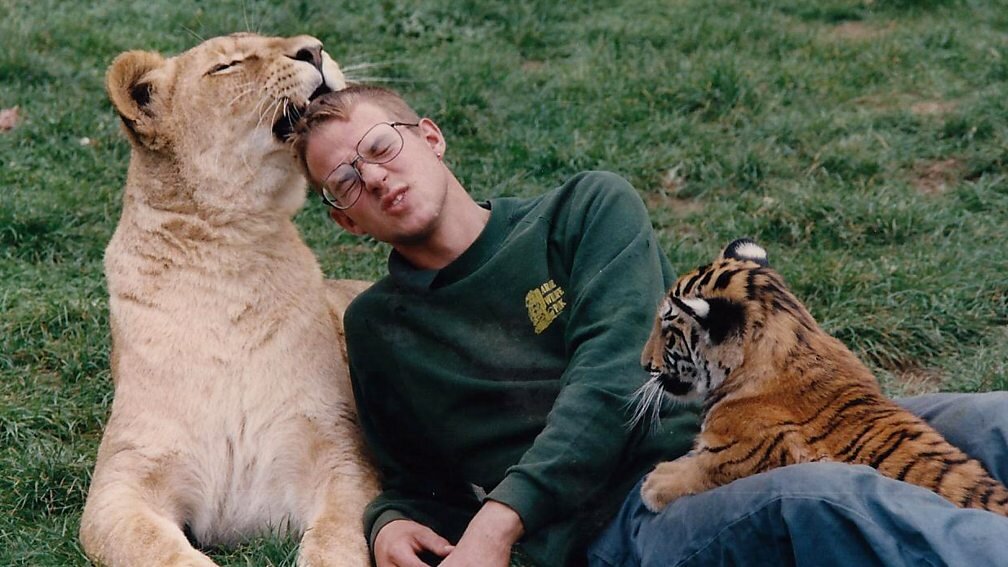For the last twenty years I have lived and worked with cats in captivity and with them around the world. I believe they and the animals that share their habitat deserve a place on our planet. I urge us all to do whatever we can think of to help secure a future for them.

science
All of our understanding the threats and success of the natural world comes from dedicated scientists and conservationists. These are people working on the front line to collect data and information about why populations of wildlife are declining.
education
All this scientific information helps to inform policy and the public. From it we can learn what and where the problems are. We can’t help what we can’t see! This is part of the reason we call the cats at The Big Cat Sanctuary ‘species ambassadors’. They help the small amount of visitors we have learn about the problems the rest of their species face.
communIcation
All this science and education is great, but to be really successful we need to work together. Getting all this information out to the public in a way that is entertaining and engaging is a top priority for me, and is the main reason I work with the BBC to show how conservation is happening with the organisations I work with. Public support is vital, and also allows us to raise much needed money for a lot of the charities that are doing the work.
I believe that using big, charismatic animals to engage people about conservation is a great way of helping the whole ecosystem. If we can’t save the big guys, we’ve got no hope with the little ones!
flagship species conservation helps to protect whole ecosystems by using one animal as a representative.
Saving the tiger saves the whole forest. Saving the rhino saves the savannah. These animals need lots of space within their habitats to survive, so by focusing our efforts on them we can save thousands of other species along the way. What is great about this method is that lots of people already love these animals and want to help save them. We already have the attention, the next step is to show people how and exactly where they can help.
When we talk of conservation it’s easy to get lost in the science, ecosystems, habitat, population demographics, carry capacities, threats (the terms go on and on) and whilst its vital we push forward with this discipline, we must not lose sight of the fact that every species – endangered or otherwise – is made up of individuals. These are complex characters with very specific needs, and I have witnessed first-hand how they experience exactly the same range of feelings and emotions that we do.